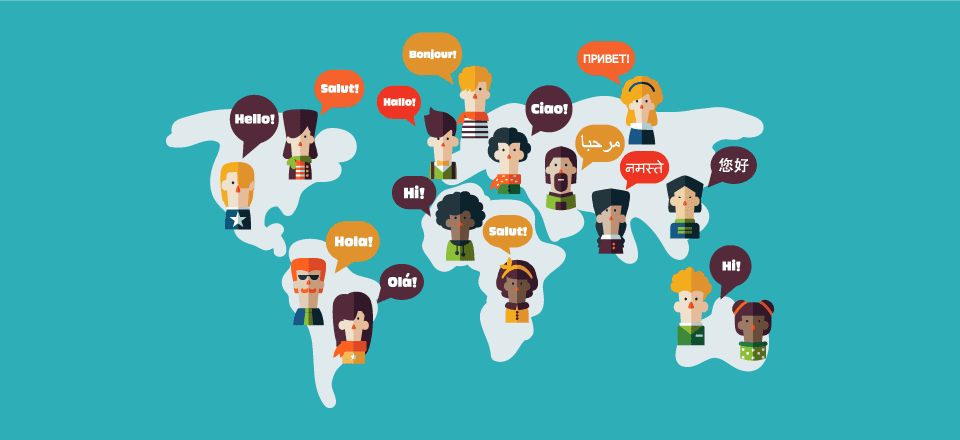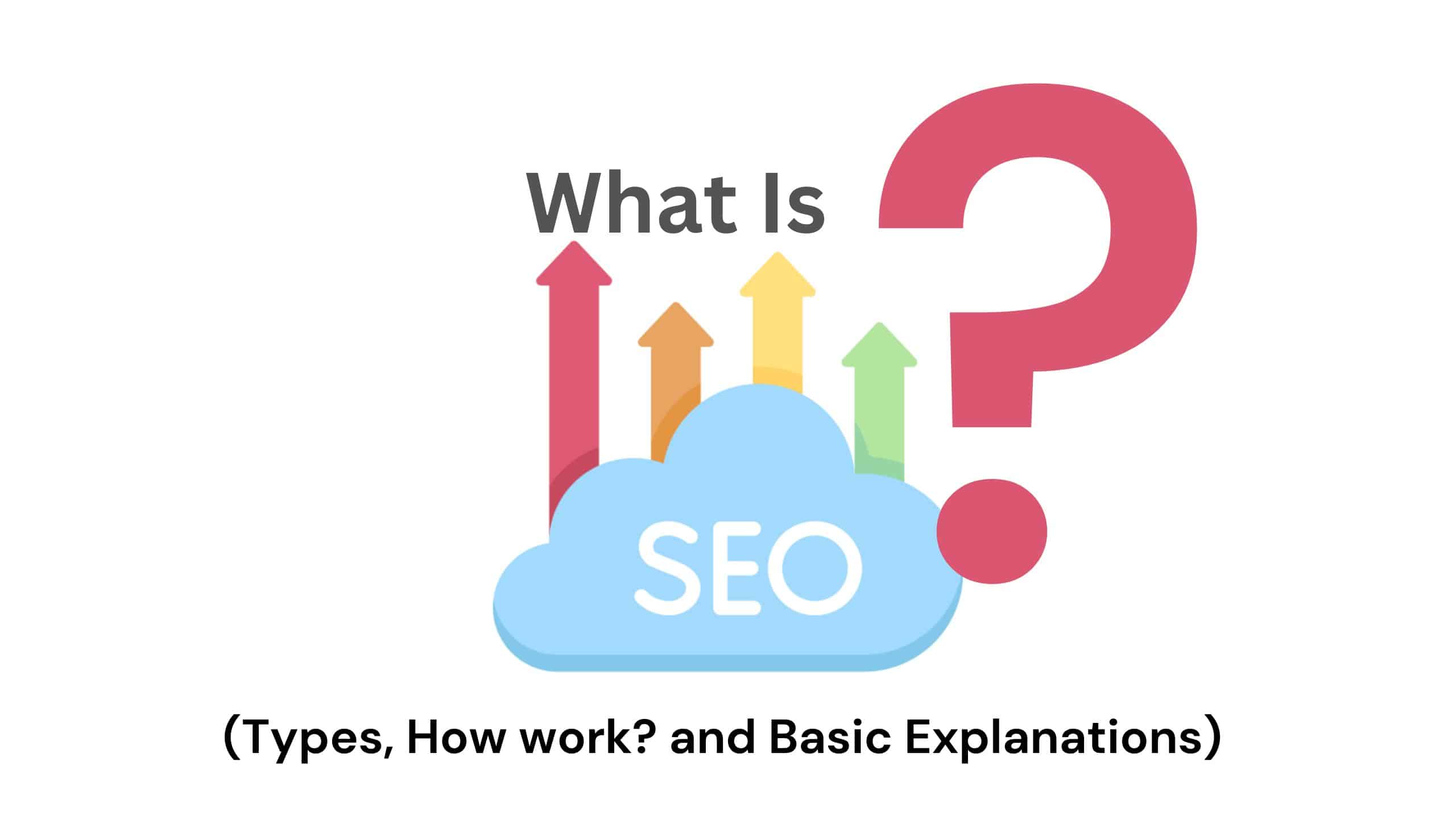As businesses continue to expand their reach to international markets, the importance of multilingual SEO cannot be overstated. By optimizing your website for multiple languages and regions, you can tap into new audiences, increase your global reach, and grow your business.
But how do you Mastering multilingual SEO and ensure that your website is effectively targeting international audiences?
In this blog post, we’ll explore various strategies for reaching international audiences through multilingual SEO.
1. Mastering Multilingual SEO: Translate Your Content Professionally
One of the most important aspects of Mastering multilingual SEO is translating your content professionally. Machine translations or amateur translations can be unreliable and may not accurately convey your message to your international audience. Investing in professional translation services can ensure that your content is accurately translated into your target language and resonates with your target audience.
2. Use Hreflang Tags
As mentioned earlier, hreflang tags are crucial for multilingual SEO. Hreflang tags help search engines understand the language and geographic targeting of your website’s pages, which can help improve your visibility in search results. Make sure to include hreflang tags on each page of your website to ensure that each version of your content is seen as unique and properly targeted to the right audience.
3. Create Separate Pages for Each Language
Creating separate pages for each language version of your content can help search engines understand the language and geographic targeting of your website’s pages. It can also improve the overall user experience for multilingual websites by directing users to the right language version of your website.
4. Optimize Your URLs
Optimizing your URLs can help improve your search engine rankings for multilingual content. Make sure to include the language code in the URL of each language version of your content.
For example, example.com/en/ for English, example.com/fr/ for French, and so on.
5. Localize Your Content
Localizing your content can help you connect with your international audience on a deeper level. Localizing your content involves adapting it to the cultural nuances of your target market. This includes everything from the language and imagery you use to the tone of your content and the way you present your products or services.
6. Use Geo-Targeting
Geo-targeting can help you target specific geographic regions with your content. This can be especially useful for businesses that operate in specific regions or offer products or services that are only available in certain countries. By using geo-targeting, you can ensure that your content is seen by the right audience and increase the chances of converting them into customers.
7. Build Local Backlinks
Building local backlinks can help improve your search engine rankings for specific regions. Reach out to local bloggers or industry influencers in your target market and offer to collaborate on content or guest post on their website. This can help you build authority in your target market and improve your search engine rankings for that region.
Mastering multilingual SEO is essential for businesses that want to expand their reach to international markets. By using these strategies, you can effectively target international audiences, improve your search engine visibility, and grow your business on a global scale. Start implementing these strategies today and see the impact they can have on your multilingual SEO success.
Are you struggling to improve your website’s visibility in search engine rankings? With so much competition online, it can be challenging to get your website to rank higher and reach your target audience.
However, with the right SEO strategies, you can boost your website’s visibility and increase your chances of success. In this post, we’ll explore 10 essential SEO strategies that can help you achieve better search engine rankings and increase your website’s visibility.





